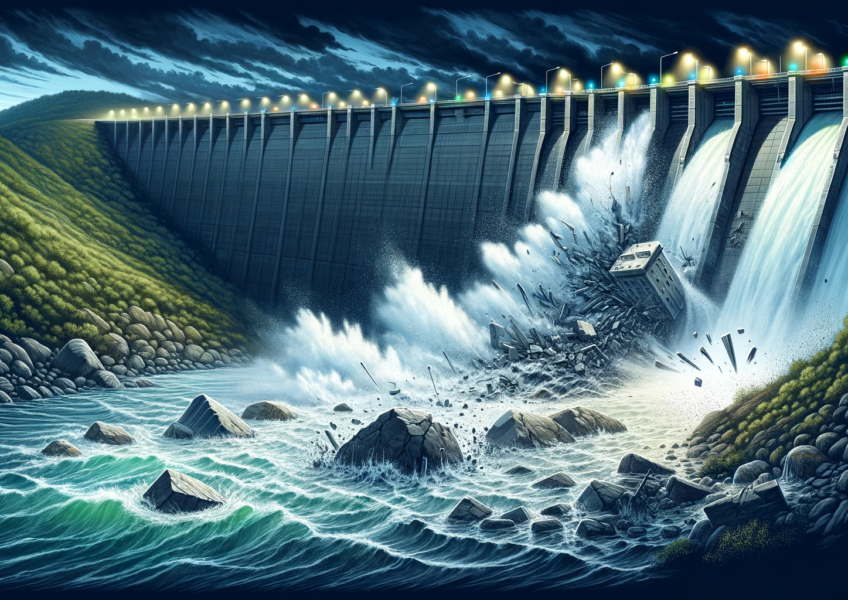Techniques for Enhancing Water Efficiency in New Construction
Conserving Every Drop: Water Efficiency in Modern Building Practices
As global water resources come under increasing pressure, enhancing water efficiency in new construction projects has become crucial. This blog post discusses innovative techniques and technologies that are shaping water-efficient buildings, aiming to reduce water use and promote sustainable development.
Key Techniques for Water Efficiency
- Low-Flow Fixtures: Installing fixtures such as toilets, faucets, and showerheads that use significantly less water than standard models.
- Water Recycling Systems: Implementing systems that treat and reuse gray water for irrigation, toilet flushing, and other non-potable uses.
- Rainwater Harvesting: Capturing and storing rainwater to reduce dependence on municipal water supplies.
Benefits of Water-Efficient Buildings
- Reduced Water Bills: Lowering water consumption translates directly into reduced utility costs for building occupants.
- Environmental Impact: Minimizing water use helps protect local water ecosystems from over-extraction and reduces the energy used in water treatment and distribution.
- Regulatory Compliance: Many regions now have regulations that require or incentivize water conservation in new constructions.
Challenges in Implementing Water Efficiency
- Upfront Costs: Water-efficient technologies can require a higher initial investment, though they often pay off in the long term through water and cost savings.
- Maintenance and Knowledge: Effective operation of water-saving systems can require ongoing maintenance and a clear understanding from occupants and management.
- Integration with Building Design: Water efficiency needs to be considered from the earliest design stages to be fully effective and integrated seamlessly with other building systems.
Real-World Examples of Water Efficiency
- A Corporate Campus in Arizona: Features a comprehensive water recycling system that has reduced the site’s water use by 50%.
- A High-Rise Residential Building in Singapore: Utilizes rainwater harvesting and low-flow fixtures throughout, serving as a model for sustainable urban living.
The Future of Water-Smart Construction
As technology advances and awareness of water scarcity grows, techniques for enhancing water efficiency are becoming increasingly sophisticated and widely adopted. Future buildings will likely incorporate even more innovative solutions, such as smart water management systems that dynamically adjust water use based on real-time data, paving the way for a new era of sustainable construction.

